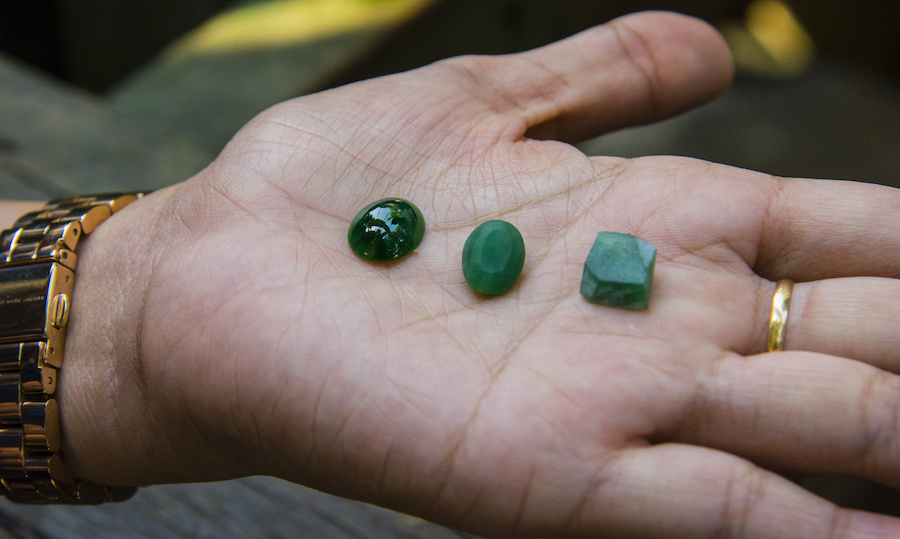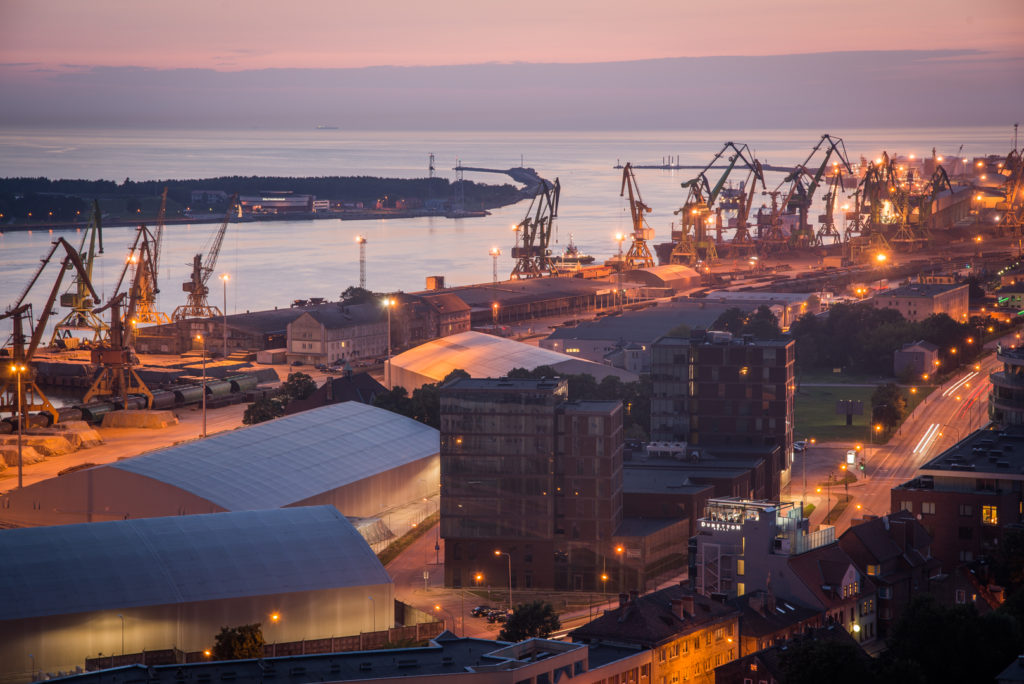Ancient Roman Military Camp Uncovered in Portugal
The 2,100-year-old camp of Lomba do Mouro in Melgaço, Portugal, was used by around 10,000 Roman soldiers sent to conquer Northwest Iberia.
Covering more than 20 hectares, the site of Lomba do Mouro was discovered using remote sensing techniques.
“Written sources mention the army crossing different valleys, but until now we didn’t know exactly where,” said Dr. João Fonte, an archaeologist at the University of Exeter and a member of the Romanarmy.eu project.
“Because of the temporary nature of the site, it’s almost impossible to find without using remote sensing techniques, and radiocarbon dating wouldn’t have been accurate because plant roots creep into the structure.”
Dr. Fonte and colleagues analyzed a section of sediment from the foundations of the camp’s wall using optically stimulated luminescence dating technique.
This made it possible to date the last time the quartz crystals were exposed to sunlight and how long they were buried under the walls.
“We have found numerous military camps in the Northwest of the Iberian Peninsula in recent years, but their dating is very complex,” Dr. Fonte said.
“As they are temporary enclosures, there is very little material or organic evidence in them that would allow a scientifically valid dating to be obtained, until now.”
The Lomba do Mouro camp was constructed in the 2nd century BCE by Roman troops who were crossing the Laboreiro Mountain between the Lima and Minho rivers.
It was designed to be a temporary fortification, used for a day or weeks at a most in the warmer months, and was built quickly.
The camp is the oldest scientifically identified Roman camp to date in Galicia and northern Portugal.
“The dating of Lomba do Mouro places the site in a historical context known from classical sources: the growing pressure of Rome on Northwest Iberia and the first advance of its legions to subdue the territory of the Callaici,” the researchers said.
“From this context of confrontation, the best-known episode is the campaign carried out in 137 BCE by the Roman consul Decimus Junius Brutus, who entered Gallaecia with two legions, crossing the rivers Douro and Lima and reaching the Minho.”
“It was on the river Lima that classical sources narrate the legendary episode of the River of Oblivion.”
“The two absolute dates of the wall, together with the large dimensions of the enclosure, support the hypothesis that the camp may have been erected by a contingent linked to these times, although due to the degree of uncertainty of the dates it is difficult to establish a direct association with the episode of Decimus Junius Brutus.”
“Because of his success in the military campaign, Decimus Junius Brutus was known as Callaicus.”












